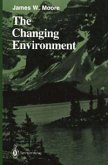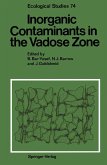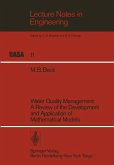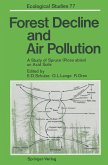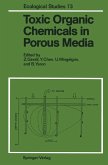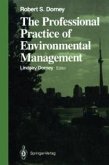This book contains the contributions to an European symposium on "Trace Elements in Environmental History", held from June 24th to 26th at GCittingen, FRG. The confe rence was organised by the Institute of Anthropology of the Georg August-University in GCittingen. At first glance, it might be surprising that the organizers are anthropolo gists. But this is a result of change of paradigm prehistoric anthropology is facing at the time. For decades, population development and population processes in the past have been looked at in terms of morphology, thus describing the diversity of human populations by the outer appearance of the skeletal findings and by the reconstruction of population structures. The new approach concentrates less on how people in the past looked like, but moreover on what they did and how they lived. Thus, research is based on ecosystem-theories, and it aims on the evaluation of ancient ecological features and past man/environment relationships. Research is encouraged since anthropologists are asked a lot of questions by historians and social scientists, who became more and more interested in the history of every day's life. Prehistoric anthropology today focu ses also on manners, habits, ways of life and environmental constituents as they can be traced from skeletal remains, which represent an important historical source. The ecosystemic approach is promising since the experiences of daily life certainly influence human behaviour, life style and mentality, thus directing reproduction and therefore population development.
Dieser Download kann aus rechtlichen Gründen nur mit Rechnungsadresse in A, B, BG, CY, CZ, D, DK, EW, E, FIN, F, GR, HR, H, IRL, I, LT, L, LR, M, NL, PL, P, R, S, SLO, SK ausgeliefert werden.



